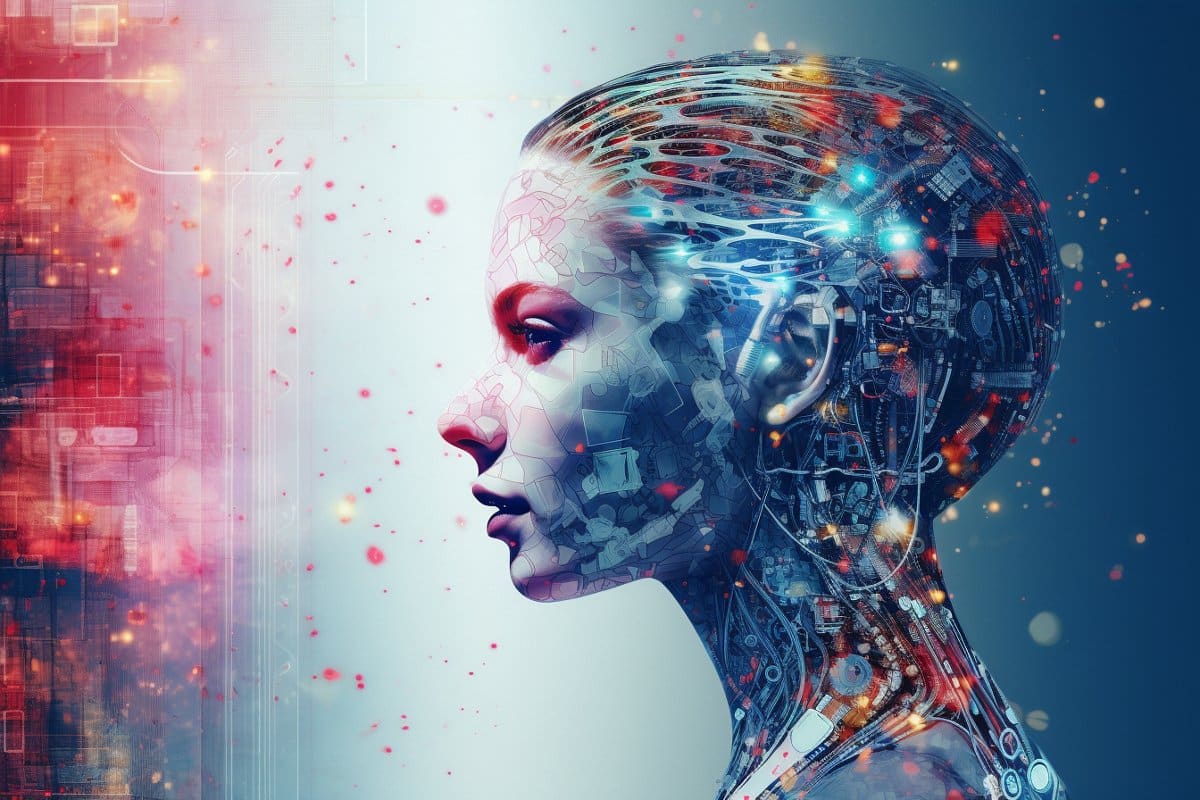Summary: A new study argues that the perception of AI intelligence is marred by linguistic confusion. While AI, such as ChatGPT, generates impressive text, it lacks true understanding and consciousness.
AI’s ability to “make things up” or “hallucinate” doesn’t equate to human intelligence, which is deeply rooted in embodiment and a connection to the world. The study emphasizes that AI, while useful, lacks the essential human elements of caring, survival, and concern for the world.
Key Facts:
- AI, represented by language models like ChatGPT, can generate text but lacks true understanding.
- Unlike humans, AI doesn’t have embodied experiences or emotions, making it fundamentally different from human intelligence.
- AI’s generation of text can propagate biases and even produce harmful, biased content without awareness.
Source: University of Cincinnati
The emergence of artificial intelligence has caused differing reactions from tech leaders, politicians and the public.
While some excitedly tout AI technology such as ChatGPT as an advantageous tool with the potential to transform society, others are alarmed that any tool with the word “intelligent” in its name also has the potential to overtake humankind.
The University of Cincinnati’s Anthony Chemero, a professor of philosophy and psychology in the UC College of Arts and Sciences, contends that the understanding of AI is muddled by linguistics: That while indeed intelligent, AI cannot be intelligent in the way that humans are, even though “it can lie and BS like its maker.”
According to our everyday use of the word, AI is definitely intelligent, but there are intelligent computers and have been for years, Chemero explains in a paper he co-authored in the journal Nature Human Behaviour.
To begin, the paper states that ChatGPT and other AI systems are large language models (LLM), trained on massive amounts of data mined from the internet, much of which shares the biases of the people who post the data.
“LLMs generate impressive text, but often make things up whole cloth,” he states. “They learn to produce grammatical sentences, but require much, much more training than humans get. They don’t actually know what the things they say mean,” he says. “LLMs differ from human cognition because they are not embodied.”
The people who made LLMs call it “hallucinating” when they make things up; although Chemero says, “it would be better to call it ‘bullsh*tting,’” because LLMs just make sentences by repeatedly adding the most statistically likely next word — and they don’t know or care whether what they say is true.
And with a little prodding, he says, one can get an AI tool to say “nasty things that are racist, sexist and otherwise biased.”
The intent of Chemero’s paper is to stress that the LLMs are not intelligent in the way humans are intelligent because humans are embodied: Living beings who are always surrounded by other humans and material and cultural environments.
“This makes us care about our own survival and the world we live in,” he says, noting that LLMs aren’t really in the world and don’t care about anything.
The main takeaway is that LLMs are not intelligent in the way that humans are because they “don’t give a damn,” Chemero says, adding “Things matter to us. We are committed to our survival. We care about the world we live in”.
About this AI and human intelligence research news
Author: Angela Koenig
Source: University of Cincinnati
Contact: Angela Koenig – University of Cincinnati
Image: The image is credited to Neuroscience News
Original Research: Closed access.
“LLMs differ from human cognition because they are not embodied” by Anthony Chemero et al. Nature Human Intelligence
Abstract
LLMs differ from human cognition because they are not embodied
Large language models (LLMs) are impressive technological creations but they cannot replace all scientific theories of cognition. A science of cognition must focus on humans as embodied, social animals who are embedded in material, cultural and technological contexts.








